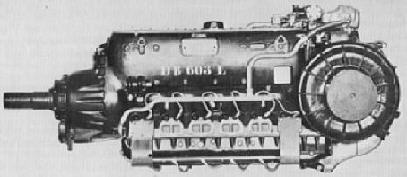gruntguru wrote:That is a great link Vary. Particularly interesting is the boost analysis performed using acoustic turbine speed analysis. I am not sure what he is doing in regard to the following issues.
1. Frequency. If all turbine blades were identical the fundamental frequency would be the blade-pass frequency which is many times higher than the turbine speed. A knowledge of the number of blades would obviously fix that. Are there photos getting around? Alternatively a defect on the turbine or compressor wheel (perhaps a balance relief) would give a signature at turbine speed.
2. Boost. Estimating boost from rotor speed requires a knowledge of compressor tip diameter. I wonder if the author has that dimension for each PU? He seems to assume each PU has the same compressor diameter - is this likely?
Interesting - he nominates the max boost used for each PU. Ferrari 3.0, Renault 3.05, Mercedes 3.15. This reinforces one thing about Mercedes. At least part of their advantage is higher boost, higher mass-flow, leaner mixture and higher turbine power.
Further there have been many suggestions that Mercedes use a larger turbine. Do they also use a larger compressor? A larger diameter compressor? Is the Mercedes boost even higher than estimated in the article?
I don't know how he calculated the turbine speed, always assumed that used telemetry datas, because a lot Of Times he says that some friends inside the circus give him datas. Regarding boost pressure, you have also to consider that he is talking about the hungarian gp, and that during the season boost pressure increased continuosly, so probably in the last races they used higher boost.
Another very interesting thing in that article is the evaluation Of engine power, but probably this has to be discussed i nano their thread




